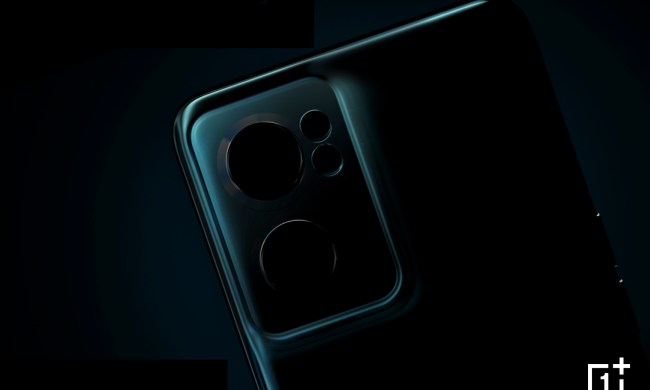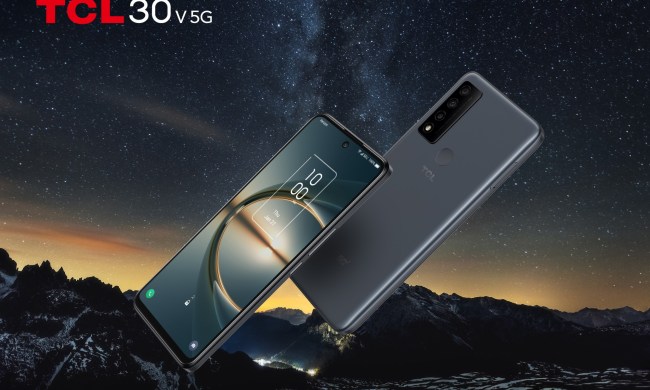
Facebook is expanding its wireless internet access projects within the borders of the U.S. with a technology known as Terragraph. Set to make see wider usage in Alameda, California, by the middle of the year, it will offer 5G internet access via the 60GHz spectrum distributed over short-distance cell towers. Although it will be offered to individual households, too, a number of companies have already announced plans to adopt the high-speed technology.
As powerful as fiber connected internet can be, built up urban areas and long-distance rural townships require massive up-front investment in underground cables to take best advantage of it. Wireless standards, like cellular data connections, offer a way around that, but coverage isn’t always ideal. What Facebook is proposing is a combination of ever-expanding fiber networks and 5G connectivity via localized 60GHz transmitters and receivers which can be attached to any existing infrastructure. Facebook also promises that they don’t require Right of Way permissions, allowing for far faster roll out.
The first area to see the deployment of this technology is Alameda, California, which as Engadget points out, is one of a number of suburban areas across the U.S. which struggles with access to high-speed internet. Common Networks, a Silicon Valley startup that already has some experience in working with this kind of wireless technology, is using Facebook’s Terragraph to offer gigabit packages to home users for $50 per month. It will increase the availability of this service throughout Alameda by mid-2019.
Other pilot programs are currently underway in San Jose and Qualcomm is said to be adding Terragraph support within its chipsets, meaning a wider array of manufacturers could deploy Terragraph technology toward the end of 2019.
If Common Networks’ experiment proves successful, this seems like a likely outcome. Terragraph is Facebook developed, but is otherwise open source technology, making adoption of it easier for manufacturers than more proprietary wireless technologies. As Wired explains, Terragraph’s connectivity means that it doesn’t require an enormous investment in infrastructure to launch in new markets, making it far less of a risk for companies to increase the areas they cover. That, in turn, increases competition, which should be of great benefit to internet users in harder to reach areas.
Especially if Facebook continues to develop its internet drone technology.



